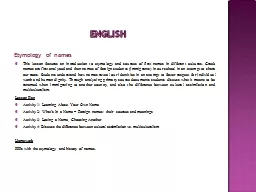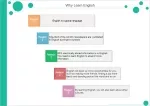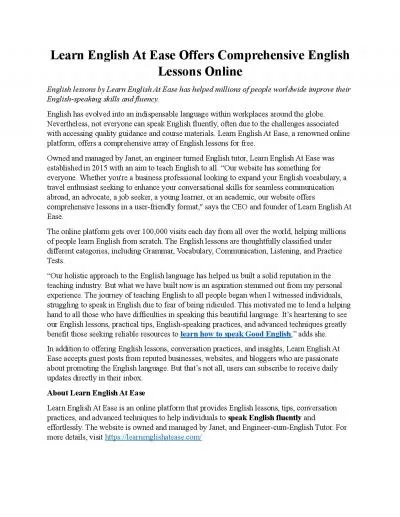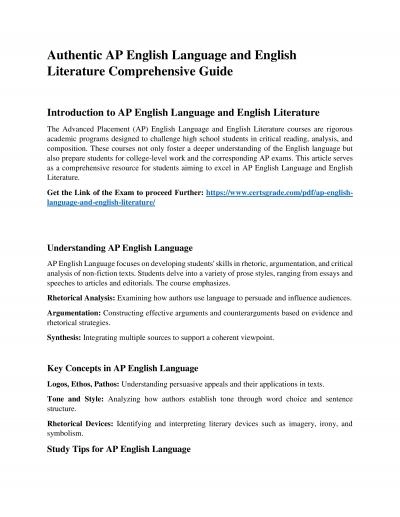PPT-English
Author : conchita-marotz | Published Date : 2016-04-11
Etymology of names This lesson features an introduction to etymology and sources of first names in different cultures Greek names are first analyzed and then names
Presentation Embed Code
Download Presentation
Download Presentation The PPT/PDF document "English" is the property of its rightful owner. Permission is granted to download and print the materials on this website for personal, non-commercial use only, and to display it on your personal computer provided you do not modify the materials and that you retain all copyright notices contained in the materials. By downloading content from our website, you accept the terms of this agreement.
English: Transcript
Download Rules Of Document
"English"The content belongs to its owner. You may download and print it for personal use, without modification, and keep all copyright notices. By downloading, you agree to these terms.
Related Documents










![[READ] Learn English Through Stories: 16 Stories to Improve Your English Vocabulary Learn](https://thumbs.docslides.com/1006295/read-learn-english-through-stories-16-stories-to-improve-your-english-vocabulary-learn-english-through-stories-16-stories-to-improve-your-english-grammar-and-english-vocabulary.jpg)
![[PDF READ ONLINE] Dahl\'s Law Dictionary: French to English/English to French an Annotated](https://thumbs.docslides.com/1019656/pdf-read-online-dahl-s-law-dictionary-french-to-english-english-to-french-an-annotated-legal.jpg)


